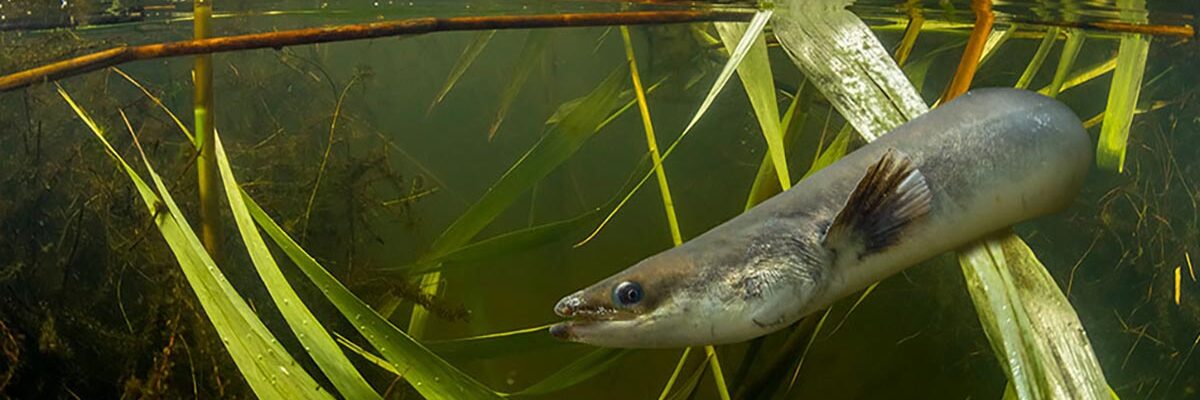European Eel
2025 target
Demonstrable progress to silver eel escapement targets in all catchments that we influence; secure access for eel to an additional 200 km of habitat.
Status
Abundance of the European eel stock is at a historical low and continues to decline. The current level of recruitment of glass eel (juvenile eel) to Europe is at its lowest level in recent decades, at less than 5%. Average glass eel recruitment to fisheries in Europe has declined by 97%. The decline in eel stocks is an international concern. In 2007, the European Union adopted a Council Regulation which charged the UK and other member states to take specific actions. Accordingly, DEFRA brought in our own domestic legislation “the Eels (England and Wales) Regulations 2009”, which gave us new powers to protect eels from exploitation and entrainment and require improvements in passage to assist their migration over barriers and weirs.
Rationale
The over-arching aim is to secure sustainable eel populations.
This can be achieved by addressing man-made pressures on eel to prevent a further decline and to support recovery of this species. We should be aiming towards an escapement of silver eel to a minimum of 40% historic levels in all of the catchments we influence. Our aim is to see eel fulfilling its role in the aquatic ecosystem and providing social and economic benefits from recreational fishing.
Annual escapement is the outward migration of silver eels (mature eels which have undertaken a change in readiness for migration). The aim of this action is to reduce the obstacles which prevent eels moving downstream to migrate, therefore increasing the number of silver eels that escape from inland and coastal waters and contribute to the spawning stock. At the end of the growing period, the eels mature, males on average 12 years and females on average about 18 years old, and return to the Atlantic Ocean; this stage is known as the silver eel. Eels residing in freshwaters usually initiate their spawning migration as silver eels during autumn. In European eel, the metamorphosis from yellow to silver eels before the marine migration to the spawning area in the Sargasso Sea includes morphological, anatomical, as well as physiological changes and occurs during summer. Estimated annual escapement (outward migration) of silver eels from English waters currently amounts to a total of approximately 977 tonnes.
Champion
 Environment Agency
Environment Agency
